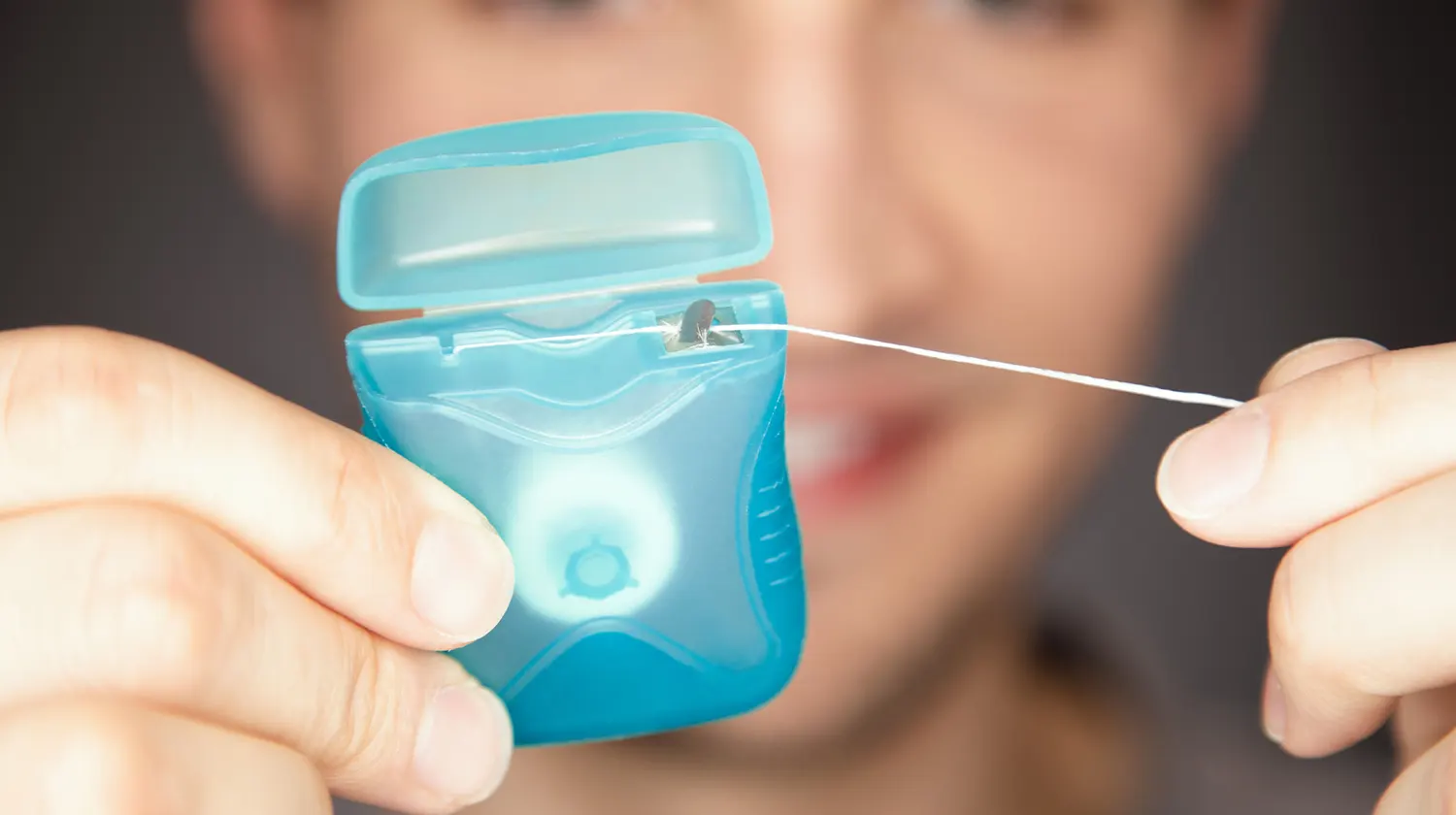Flossing might seem like an optional part of your dental care routine, but it’s actually essential for maintaining strong, healthy teeth and gums. While brushing your teeth twice a day removes food particles and surface plaque, brushing alone often doesn’t clean between the teeth and below the gum line, where it’s easy for bacteria and plaque to build up. Regular flossing is a crucial step to prevent tooth decay, gum disease, and more. Here’s why this habit is important, along with practical tips on how to make it a daily habit.
Why Floss Matters for Oral Health
The benefits of flossing extend far beyond fresh breath. It doesn’t just remove leftover food particles; it also helps prevent plaque buildup between the teeth and along the gum line. Plaque, a sticky film of bacteria, is the main driver of tooth decay and gum disease. By regularly using floss, you’re actively working to prevent these issues and protect your overall oral health.
When you floss your teeth, you’re doing more than cleaning. You’re protecting your tooth enamel from harmful bacteria that can lead to cavities and decay. Plus, it can reach areas that brushing can’t, making it a crucial step in reducing your risk of developing gum disease. Neglecting to floss can result in various stages of gum disease, from gingivitis to periodontal disease, which can even lead to tooth loss if untreated.
The Stages of Gum Disease
Without regular flossing, plaque can harden into tartar, which is difficult to remove and irritates the gums. This irritation is often the first stage of gum disease, known as gingivitis. Gingivitis causes redness, swelling, and sometimes bleeding in the gums. With proper care, gingivitis is reversible. However, if left untreated, it can advance to periodontal disease, where the gums start to pull away from the teeth, creating openings where bacteria accumulate. At this point, tooth and bone loss become real risks. Prevent gingivitis by using floss daily and keeping plaque at bay.
How Flossing Helps Prevent Tooth Decay
Floss isn’t just for gum health; it also helps prevent tooth decay. When food particles get wedged between your teeth and aren’t removed, they can break down and create acids that damage tooth enamel. Over time, these acids can cause cavities, which may require fillings or other dental treatments. By removing plaque and bacteria, floss protects your teeth from these damaging effects, keeping them stronger for longer.

Different Types of Floss and Tools
For those who find traditional floss difficult to use, there are other options. Here are some alternatives that can help you floss effectively:
- Traditional Floss: Dental floss is the standard option and comes in a variety of types, including waxed, unwaxed, and flavored. Traditional floss is effective for reaching deep between the teeth and below the gum line.
- Floss Picks: These small, disposable tools have a short piece of floss stretched across a plastic handle. Floss picks are easy to use, especially for beginners or those with limited dexterity, making them an accessible option for brushing and flossing routines.
- Waterpik or Water Flossers: If your gums are sensitive or flossing doesn’t feel comfortable, a Waterpik might be a good choice. These devices use a gentle stream of water to wear away plaque and debris from between teeth and along the gums. Water flossers are particularly helpful for people with braces or other dental appliances, as they can reach areas where traditional floss might struggle.
How to Make Flossing a Daily Habit
For many people, the hardest part about flossing is making it a regular part of their routine. Here are some tips to help you establish the habit of daily flossing:
- Set a Reminder: Place your floss or floss picks next to your toothbrush as a visual cue. When you go to brush your teeth, seeing the floss will remind you to use it.
- Start Small: If flossing every day feels overwhelming, start by flossing a few times a week and gradually increase to daily use. Aim to floss at the same time every day, ideally after you brush your teeth.
- Use the Right Technique: When you floss your teeth, use gentle, gliding motions and avoid snapping the floss. Curve it into a C-shape against each tooth and slide it gently beneath the gum line to reach trapped particles.
- Choose the Right Floss: Finding a type of floss that works for you can make a big difference. Try different types until you find one that feels comfortable and easy to use, whether it’s traditional floss, floss picks, or a water flosser.
- Reward Yourself: Sticking to a new habit can be tough, so reward yourself for hitting milestones. A small treat for every week of consistent flossing can help you stay motivated.
Flossing with Sensitive Gums
If you experience sensitivity when flossing, don’t give up. Here are some tips to make flossing more comfortable:
- Start Slowly: Sensitive gums can be tender, especially if you’re new to flossing. Begin by flossing gently and only a few teeth at a time, gradually working up to your entire mouth.
- Choose Soft Floss: Some flosses are gentler on sensitive gums. Look for floss designed for sensitive mouths, which is often softer and easier on delicate tissue.
- Try a Water Flosser: If traditional floss causes discomfort, a water flosser may be more comfortable. Water flossers are less abrasive and can be soothing on sensitive areas while still removing plaque effectively.
- Avoid Snapping: Avoid snapping the floss between teeth, as this can cause further irritation. Instead, slide the floss gently along the sides of your teeth and under the gum line.

